Comprehensive List of Foods to Eat on the Candida Diet
This post will discuss the list of foods to eat and avoid on the candida diet.
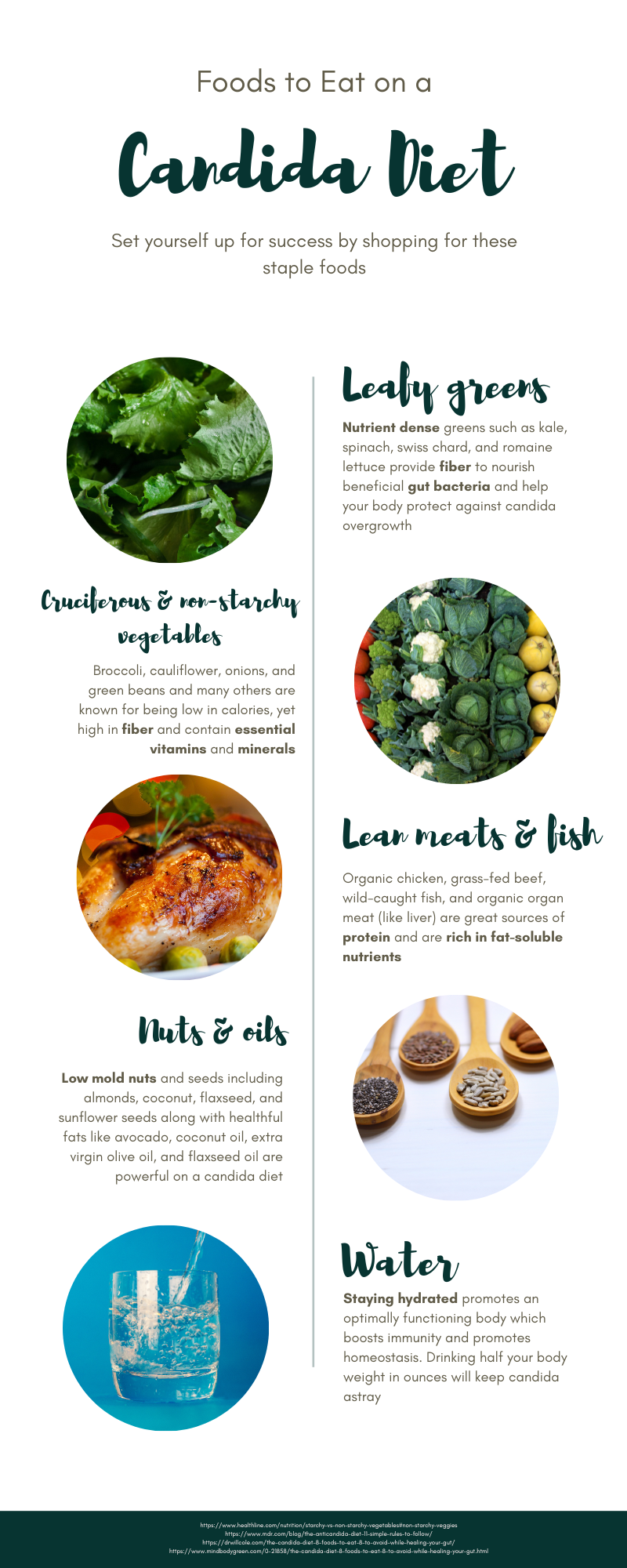
Once you discover what candida is, the next step is to learn about the list of foods to eat on the candida diet.
Having followed a strict Candida diet regimen, I’ve been challenged with finding creative and appealing recipes to make using the limited number of foods allowed on a Candida diet. While the candida diet can come across as restrictive, when you take another look at it from a different approach there are many meals you can create.
In this guide, I’ll outline a list of foods to eat on the Candida diet, focusing on the essential food groups. Whether you’re new to the Candida journey or looking for inspiration to help you in the kitchen, this list will empower you with the knowledge to make informed choices and support your health goals.
Table of Contents
List of Foods To Eat on the Candida Diet
I can attest that learning what foods are allowed on the candida diet at first glance can make you question whether you’ll be eating enough food. It can appear restrictive for many because you’re removing common foods you eat daily and replacing them with whole foods. While the dietary change can deter many, I can assure you it’s what you make of it that can impact your experience.
I will list out the staple food groups you should be aiming to eat during your cleanse.
Non-Starchy Vegetables
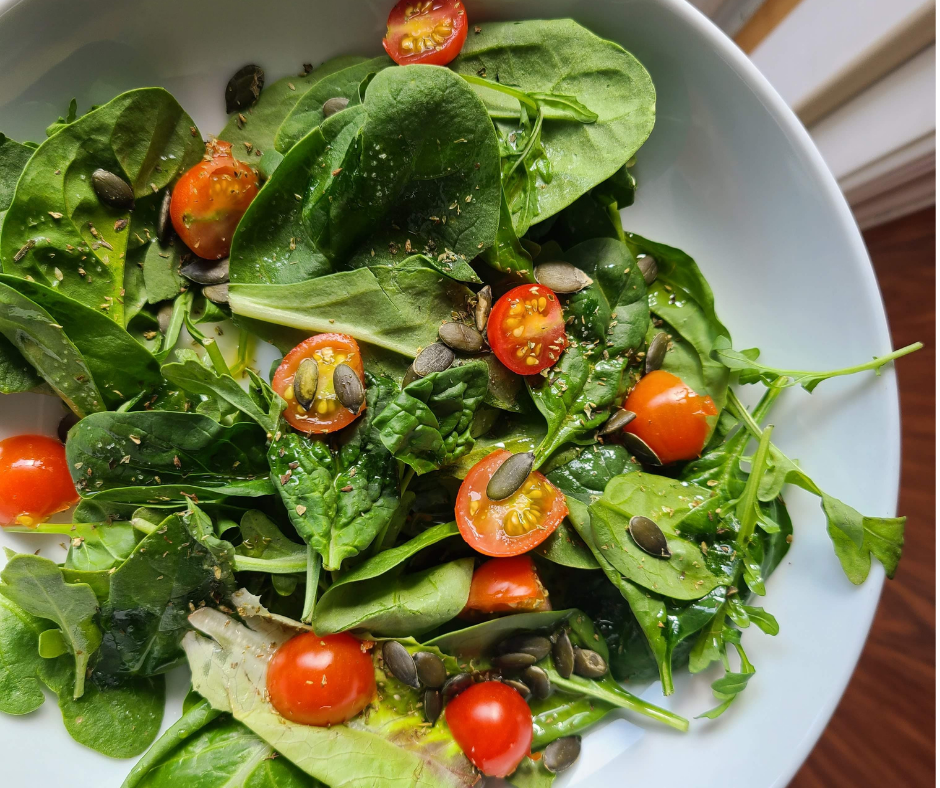
Vegetables are grouped into two categories, starchy vegetables and non-starchy vegetables. The difference between the two is non-starchy vegetables are typically higher in fiber and lower in sugar than starchy vegetables. Because the candida diet aims to “starve” the foods that feed the candida yeast cells, it is strongly suggested you consume non-starchy vegetables and that they should fill about 1/2 of your plate.
Here’s an example of starchy vegetables:
- Green leafy vegetables (spinach, kale, Swiss chard)
- Cruciferous vegetables (broccoli, cauliflower, Brussels sprouts)
- Bell peppers
- Cucumbers
- Zucchini
- Asparagus
Low-Sugar Fruits
Fruits are one of the controversial foods to eat during the candida diet, only because fruits can be high in sugar. However, it depends on what type of fruit and the quantity that you consume that makes all the difference. When I first did this diet, I went without any fruit at all for a solid 2 or 3 weeks, but all I kept craving was fruit because I was restricting myself. After a while, I started to eat berries and a green apple every so often.
Fruits that you should eat:
- Berries (blueberries, strawberries, raspberries)
- Green apples
- Avocados
- Tomatoes
- Lemons and limes
Healthy Fats
Consuming high-quality oils and healthy fats will give you more energy and leave you feeling full and satisfied way after your meals. Unrefined and cold-pressed oils are best consumed unheated. Good fats include (but are not limited to):
- Coconut oil
- Olive oil
- Avocado oil
- Flaxseed oil
- Nuts and seeds (in moderation)
Protein Sources
Proteins such as chicken breast and salmon can help stabilize blood sugar levels, promote muscle repair and growth, and contribute to fullness after meals. When you make the switch from primary carb-filled plates to greens, it may feel like you’re hungry 24/7. The key to combating it is to eat adequate amounts of protein with your meals.
- Wild-caught fish (salmon, mackerel, sardines)
- Organic poultry (chicken, turkey)
- Grass-fed beef and lamb
- Eggs (preferably pasture-raised)
Probiotic-Rich Foods
Although you can consume probiotic supplements, some foods promote the growth of probiotics (aka good gut bacteria).
- Yogurt (unsweetened, probiotic-rich)
- Kefir (dairy or coconut-based)
- Fermented vegetables (sauerkraut, kimchi)
- Kombucha (unsweetened)
Herbs and Spices
An easy way to make your meals pop with flavor is to include a rich source of herbs and spices. Not only do these elevate your meals (and tastebuds) but they are packed with anti-inflammatory properties, antioxidants and promote free radicals.
- Garlic
- Ginger
- Turmeric
- Cinnamon
- Oregano
- Thyme
Nuts and Seeds
- Almonds
- Walnuts
- Chia seeds
- Flaxseeds
- Hemp seeds
Whole Grains (Gluten-Free)
Whole grains are carbohydrates, however, this type of carb is known to have a high fiber, can lower insulin and blood sugar levels, and creates a feeling of fullness.
- Quinoa
- Brown rice
- Buckwheat
- Millet
Beverages
Drinking adequate amounts of water will be your saving grace during the cleanse. Aim for at least 1L minimum a day (water intake depends on your age, size, and weight). This will help to keep your body hydrated, and your digestive tract moving along.
- Herbal teas (peppermint, chamomile, ginger)
- Green tea (antioxidant-rich)
- Water (hydration is key)
Foods to Avoid on a Candida Diet
In addition to incorporating Candida-fighting foods, it’s essential to eliminate or minimize foods that promote yeast overgrowth. These include:
Sugar and Sweeteners
- Refined sugar
- High-fructose corn syrup
- Artificial sweeteners (aspartame, sucralose)
Refined Carbohydrates
- White bread
- White rice
- Pasta
- Pastries
- Breakfast cereals
High-Glycemic Fruits
- Bananas
- Grapes
- Mangoes
- Pineapples
Processed Foods
- Fast food
- Packaged snacks
- Ready-made meals
- Processed meats
Dairy Products
- Milk
- Cheese
- Cream
- Ice cream
Alcohol
- Beer
- Wine
- Spirits
Condiments and Sauces
These tend to contain high-fructose sugars and it’s better to make your own.
- Ketchup
- BBQ sauce
- Teriyaki sauce
- Salad dressings with added sugars
Caffeine
These drinks can stimulate your nervous system, lead to dehydration, and slow down your healing process.
- Coffee
- Black tea
- Soda or pop
- Energy drinks
Navigating Challenges and Considerations
The Candida diet is challenging, especially during the initial phase of adjustment. You may experience cravings, detox symptoms, and fluctuations in energy levels especially as your body adapts to the dietary changes.
It’s important to keep in mind everybody is different and your experience of Candida overgrowth may vary based on factors such as existing health conditions, food sensitivities, and lifestyle factors. It’s always recommended to consult with a healthcare professional or holistic health nutritionist so that they can provide personalized guidance and ensure that your dietary approach aligns with your unique needs and goals.
Alternatively, I’ve created a candida diet weekly meal plan you can test out to start you on the right path forward.
Incorporating Lifestyle Factors
Something that is not often discussed is that healing from Candida overgrowth also involves a holistic approach. Healing encompasses lifestyle factors beyond food choices and managing stress, adequate sleep, mindful practices, and more can support the diet change and promote overall well-being.
Conclusion
- Healing from Candida overgrowth requires a holistic approach that prioritizes dietary modifications, lifestyle factors, and individualized care
- Foods that are recommended to reduce candida overgrowth include nutrient-dense foods rich in anti-fungal properties such as lean meats and fish, non-starchy vegetables, healthy fats, low-sugar fruits, whole grains, and plenty of water
- The general foods to avoid on a candida diet include refined carbs and sugars, processed or packaged foods, dairy, and alcohol
- The Candida diet is not a one-size-fits-all solution but rather one that evolves with your unique needs and preferences. Listen to your body and adjust accordingly.
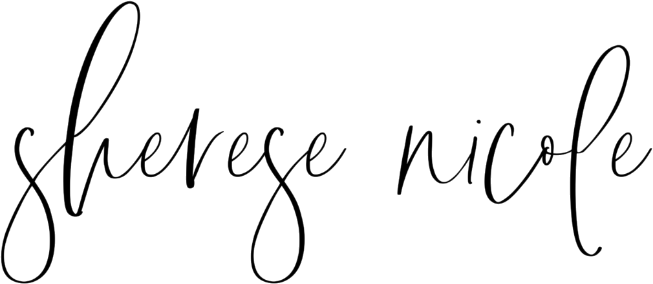
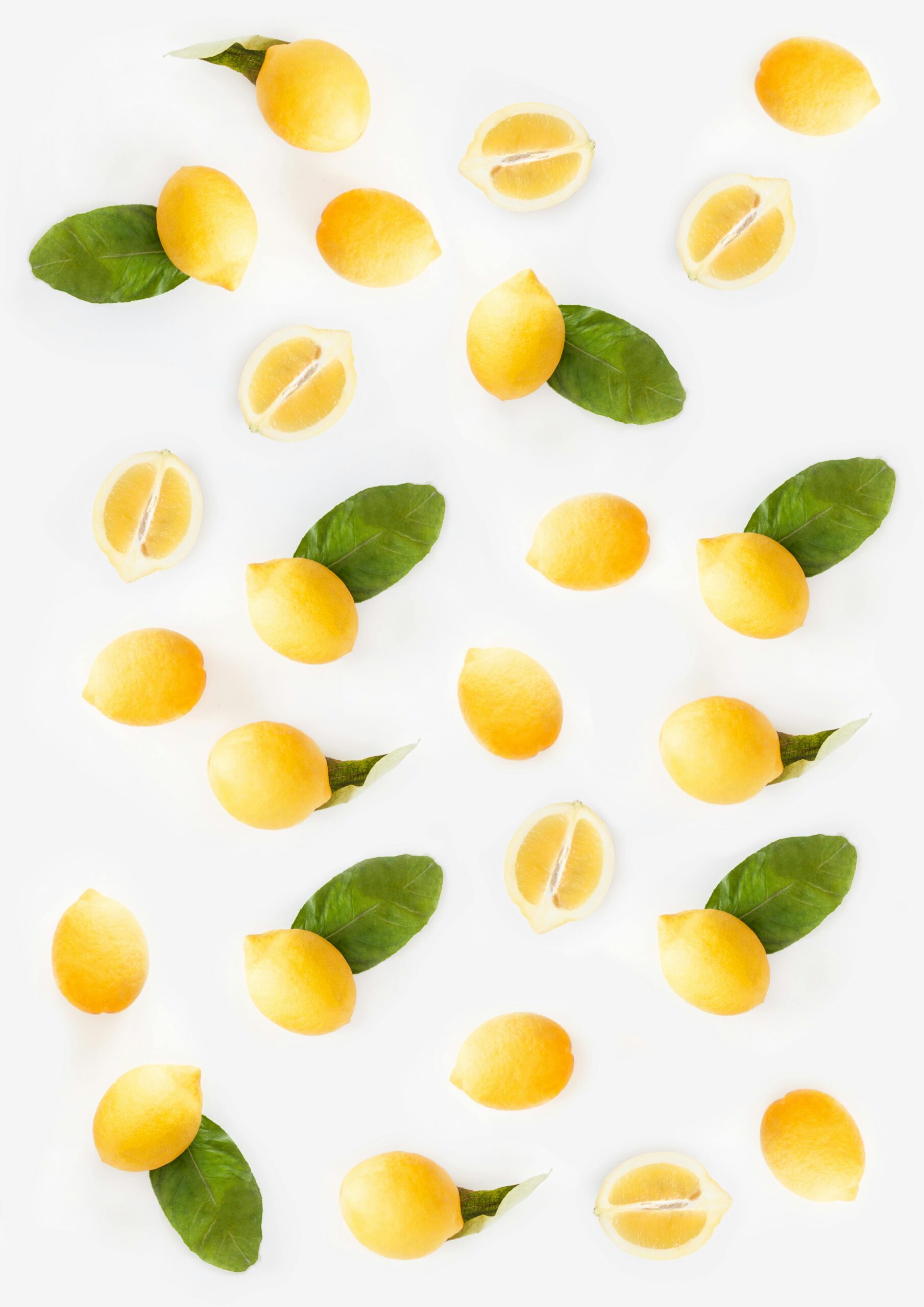
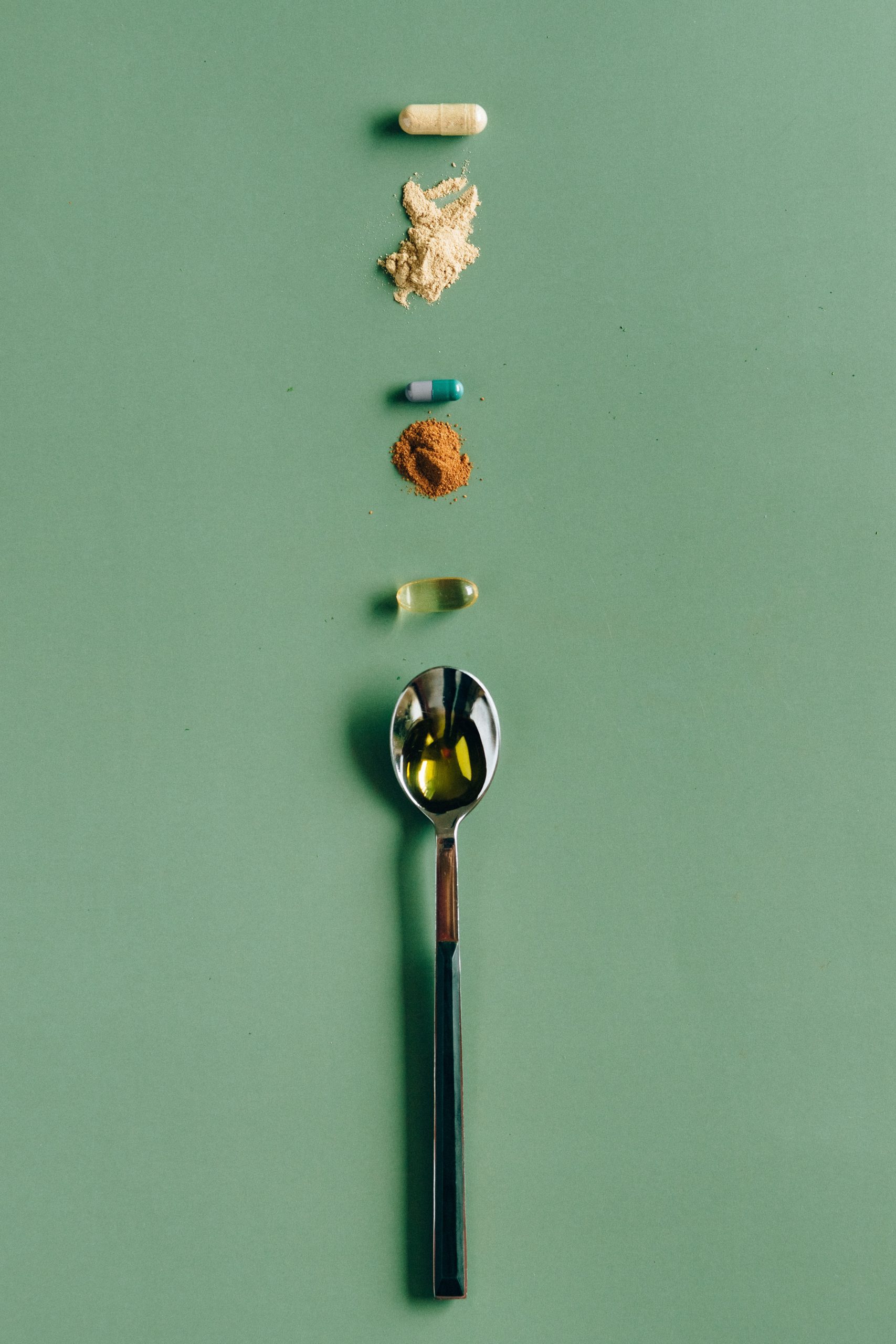
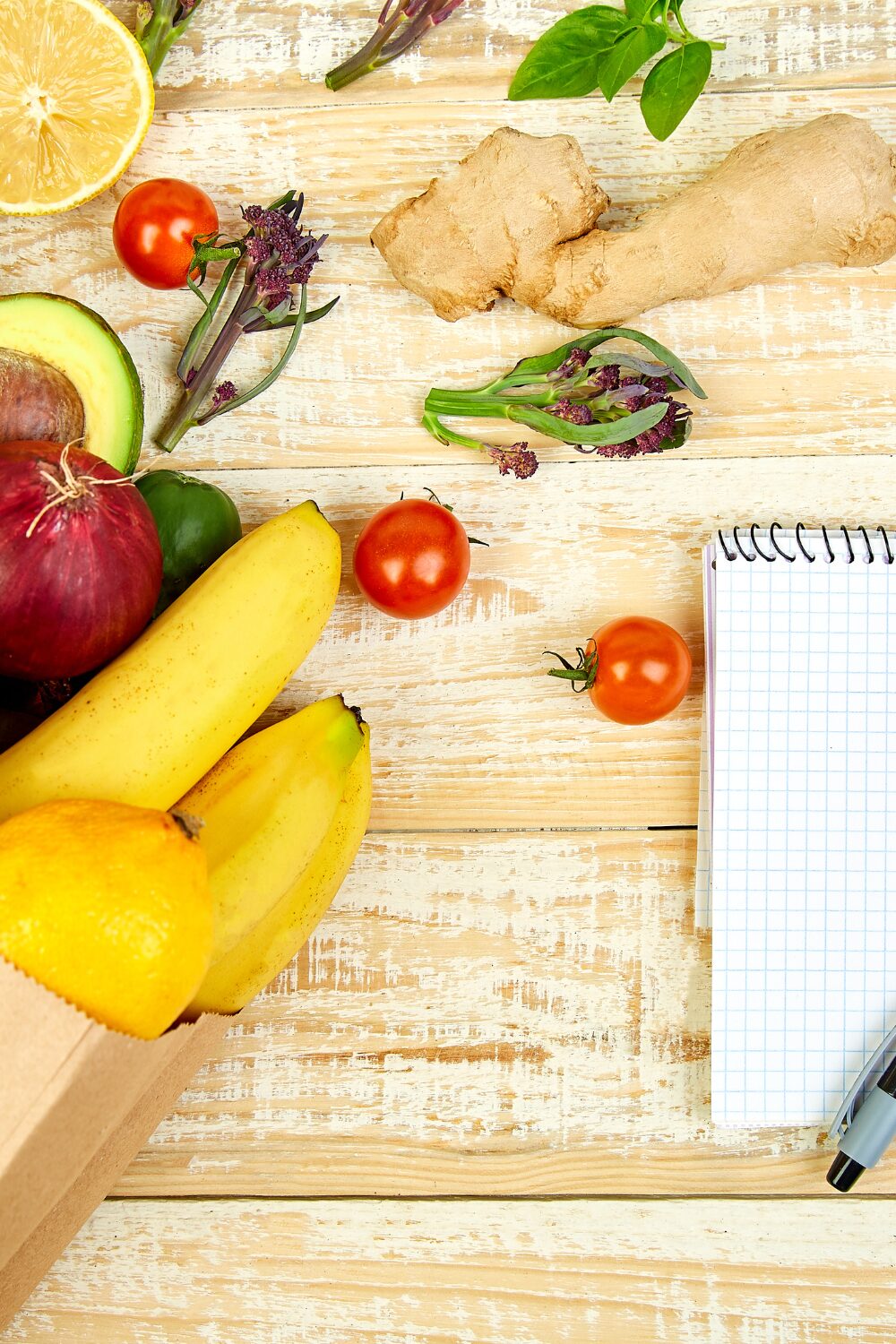

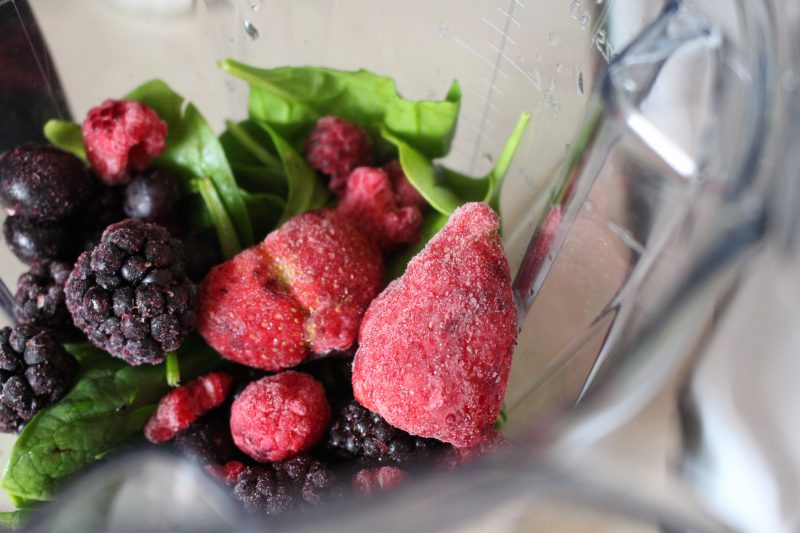
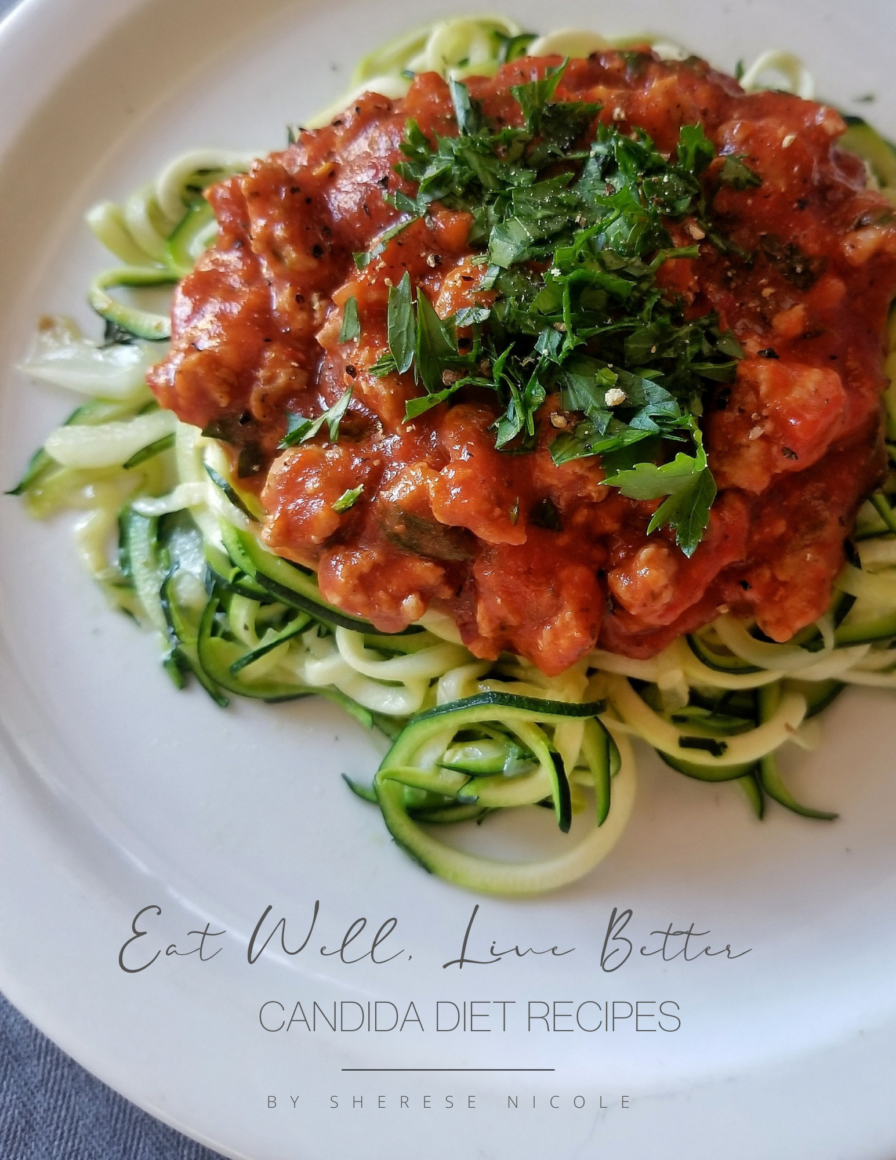
He leído muchos post..este es excelente!!! Claro y completo …muchas gracias por la información!
¡Muchas gracias!